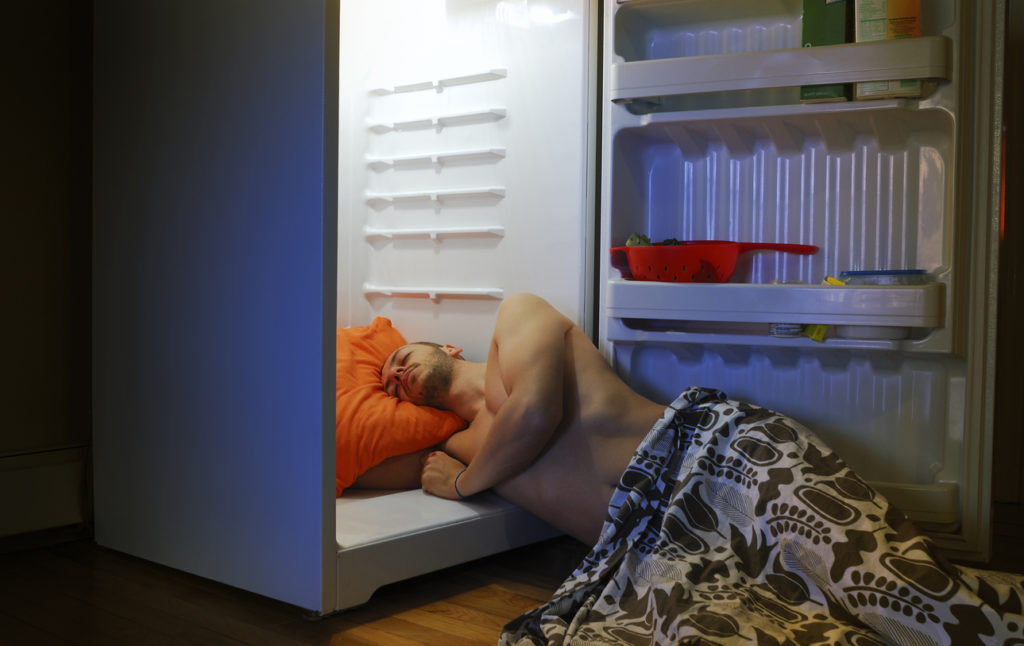If you want the best of the best, a good SEER rating for your AC is the highest on the market (at time of writing, 23 SEER).
But the platinum package, highest efficiency air conditioner isn’t right for everybody. In fact, most families stay comfortable purchasing a mid-SEER unit with a better initial cost to operating cost ratio.
We don’t expect you’ll buy an air conditioner after reading one blog, but we hope this will educate and put you on the path to buying your family’s ideal new air conditioner. And if you’re overwhelmed right now, don’t worry; we’ll help sort you out.
How to calculate exactly what your new AC will cost to run.
You can get a very accurate idea of how much your new AC will cost run with a simple set of steps.
When you determine the energy consumed by your new AC (in watts) you can figure out what it’ll cost you to run. These are the steps:
- Divide the BTUs (you can ask us about the BTUs of any system) by the SEER rating tagged on the unit.
- To convert this to Kwh (the value Toronto Hydro uses), dividing by 1,000.
- Multiply the Kwh your AC consumes by the number of hours it operates annually.
So with step 1, a 36,000 BTU air conditioner at a SEER rating of 18 gives us 2,000 watts.
At step 2, converting to Kwh gives us 2.0 (2,000 divided by 1,000).
Imagine you run your air conditioner 8 hours a day for about 90 days a year. That’s 720 hours of AC use per year.
So, for step 3, the calculation goes – 2.0 Kwh X 720 hours of annual use = 1440 annual Kwh consumption.
You can follow this link to see the cost of peak, mid and off-peak Kwh costs from Toronto Hydro.
Your whole family can’t sleep in the fridge. Run the air conditioner on a lower setting to stay cool at night!
How do I figure out the best value for myself?
Run this same calculation for units with different SEER ratings and record this handful of numbers.
Now ask – how long do you expect to own this air conditioner? Longer periods of ownership allow greater return of value to you through savings. Salespeople will often say this unit pays for itself in savings over the first 10 years of ownership or something similar. That isn’t always the case.
A super-efficient unit is more expensive up front but costs less to run. If you expect to own the house (and the air conditioner) for 10 years, the savings may pay for the extra upfront cost, and then some.
Of course, this also might not be the case.
To get the number you need here, prepare for a little more math.
- Get your quotes together.
Let’s say we quote you $4,000 on an installed 13 SEER system and $4,600 on an installed 14 SEER system (these numbers are purely for demonstration purposes).
- Look back at the annual cost you calculated to run the 13 SEER system and the 14 SEER system.
- Multiply your annual cost to operate each by 10 (the number of years you plan to own the system).
How much LESS will it cost to operate the 14 SEER system over the course of those 10 years?
And the important question – is this amount MORE than the $600 difference in initial purchase price between the 13 SEER system and the 14 SEER system.
The first step in getting any of this information is to place a call and get quotes from a few contractors.
Why not start with us? We’re happy to provide several quotes on A/C units with different seer ratings for you to compare and work through.










